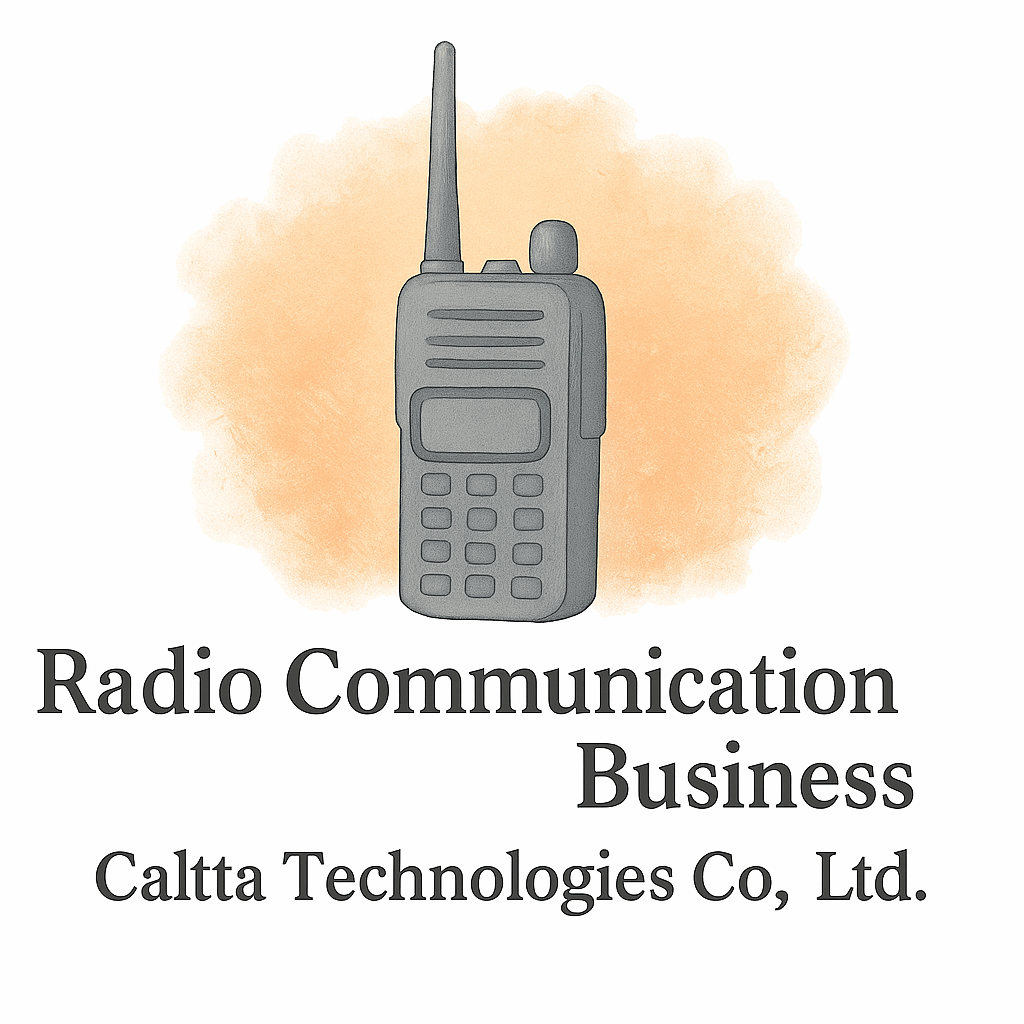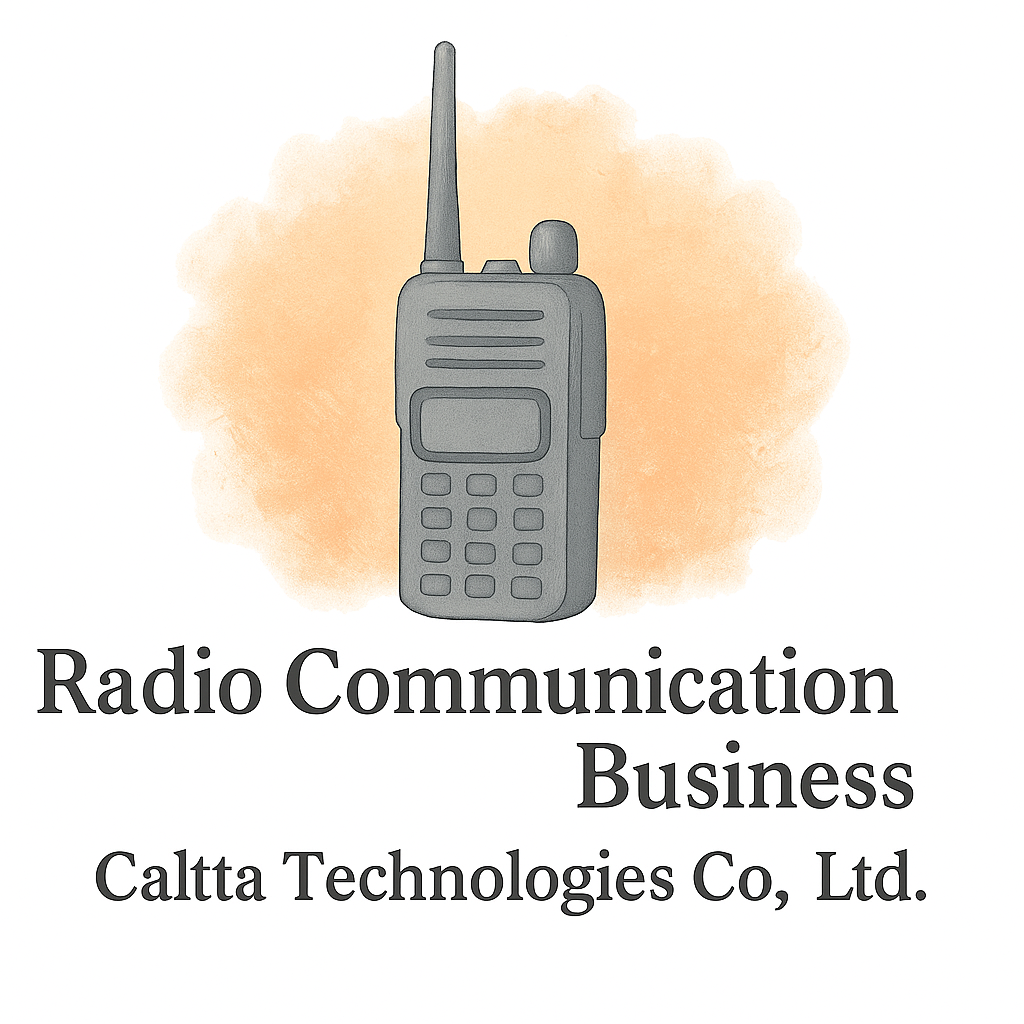Introduction: Why Radio Communication Protocols Matter
When disaster strikes, every second counts. Agencies ranging from police and fire departments to private security firms rely heavily on radio communication to coordinate responses. Without clear radio communication protocols, misunderstandings can snowball into costly mistakes. That’s why every agency must master standard practices to keep operations smooth, safe, and efficient.
Understanding the Basics of Radio Communication
What Are Radio Communication Protocols?
Radio communication protocols are the rules, procedures, and guidelines that govern how radio messages are transmitted and received. Think of them as the “traffic laws” of radio usage. Just as you wouldn’t drive through a red light, you shouldn’t misuse the radio system without following protocols.
Importance of Standardization in Radio Use
When multiple agencies work together—say, during a natural disaster—standardization ensures everyone speaks the same “radio language.” This consistency reduces confusion, avoids duplication, and boosts response time.
Protocol #1: Call Signs and Identifiers
Why Call Signs Are Essential
Call signs act like names on the radio. Instead of saying “Hey, you,” responders use unique identifiers. This avoids confusion when multiple people are communicating simultaneously.
Examples of Call Signs in Different Agencies
- Police often use badge numbers.
- Fire departments may use truck or station numbers.
- Security firms may assign “Unit” numbers.
These identifiers ensure messages reach the right person every time.
Protocol #2: Radio Check Procedures
Ensuring Clear and Reliable Connections
Before any major operation, teams conduct a radio check—a quick test to confirm that devices are transmitting and receiving properly. It’s like warming up your car before a road trip.
Common Mistakes to Avoid in Radio Checks
- Skipping checks and assuming radios work.
- Speaking too fast during the test.
- Forgetting to acknowledge successful checks.
Protocol #3: Brevity Codes and Phonetic Alphabet
Using Brevity Codes for Fast Communication
Brevity codes are short words or numbers that stand in for long instructions. Instead of saying, “I need assistance at my current location,” a responder might simply say, “Code 3.”
The Role of the NATO Phonetic Alphabet
Ever tried spelling your name over a crackly connection? That’s where the NATO phonetic alphabet comes in: Alpha, Bravo, Charlie, Delta… This ensures clarity even when signals are poor.
Protocol #4: Emergency Communication Standards
Standard Emergency Phrases and Signals
In emergencies, clarity is life-saving. Universal terms like “Mayday” or “Emergency Traffic Only” cut through the noise and get immediate attention.
How Agencies Handle Emergency Radio Traffic
Protocols dictate that all non-essential chatter must stop when emergency traffic is announced. Priority is given to the emergency until resolved.

Protocol #5: Clear Text vs. Codes
When to Use Plain Language
While codes are great for speed, plain language often avoids misunderstandings. Especially when agencies with different code systems work together, clear text ensures everyone stays on the same page.
The Risks of Overusing Radio Codes
Over-reliance on codes can lead to confusion if team members aren’t trained consistently. Worse, misinterpreting a code could delay critical action.
Protocol #6: Priority and Discipline in Radio Use
Who Gets Radio Priority?
Certain roles always get priority. For example, a command center usually outranks field chatter. Emergency calls override routine updates.
Avoiding Radio Congestion
Agencies must train staff to speak briefly and only when necessary. Think of it like being polite in a crowded conversation—don’t hog the channel.
Protocol #7: Security and Encryption Practices
Protecting Sensitive Information
Not all communication should be public. Encryption ensures sensitive data—like tactical plans—can’t be intercepted by outsiders.
Common Encryption Tools and Standards
Agencies often use digital radios with built-in encryption features, along with secure frequencies. This prevents eavesdropping from criminals or competitors.
Common Mistakes Agencies Make with Radio Protocols
Lack of Training and Drills
Knowing protocols is one thing; practicing them is another. Agencies often fail to conduct regular drills, leaving teams unprepared.
Overcomplicated Communication Systems
Sometimes, agencies introduce too many codes or layers of communication, which slows down responses instead of helping.
Tools and Technology That Support Radio Protocols
Modern Radio Equipment Features
Today’s radios come with noise-cancellation, GPS tracking, and integration with smartphones. These features enhance reliability and usability.
Integrating Radios with Other Communication Tools
Many agencies now connect radios to digital dispatch systems, allowing instant data sharing alongside voice communication.
Explore more on equipment technology to see how agencies adapt modern tools.
Compliance and Regulations in Radio Communication
Following National and International Laws
Agencies must adhere to regulations set by organizations like the FCC (Federal Communications Commission). Non-compliance can lead to fines or revoked licenses.
Industry Standards Every Agency Must Know
Standards vary by sector, but all emphasize clarity, security, and accountability. Stay updated by reviewing industry insights.
Training Your Team on Radio Communication Protocols
Best Practices for Training Programs
- Regular refresher courses.
- Simulation exercises.
- Hands-on equipment practice.
Role-Playing Scenarios and Real-Life Drills
Agencies that run drills for high-pressure scenarios ensure their teams won’t freeze when it really matters.
Check out business startup basics for tips on setting up effective training structures.
Future of Radio Communication for Agencies
Digital and Satellite Integration
Future protocols will combine terrestrial radios with satellite and internet systems, ensuring coverage everywhere.
The Rise of AI in Communication Protocols
Artificial intelligence may soon assist in filtering noise, prioritizing emergency calls, and even translating languages in real time.
Learn more about emerging tech trends that will shape radio communication.
Conclusion: The Importance of Mastering Radio Communication Protocols
Radio communication is the backbone of agency coordination. From call signs to encryption, these seven protocols ensure clarity, speed, and security. Whether your agency is in public safety, corporate security, or event management, mastering these standards isn’t optional—it’s essential.
For deeper insights into cost-saving communication strategies, compliance, and industry updates, explore Caltta International.
FAQs
1. Why are radio communication protocols important?
They ensure messages are clear, concise, and standardized, reducing the risk of miscommunication.
2. How often should agencies train staff on radio protocols?
Ideally, at least quarterly, with additional drills during major operational changes.
3. What’s the difference between clear text and radio codes?
Clear text uses everyday language, while codes are shorthand for faster communication.
4. Do all agencies use the same radio codes?
No. Codes vary, which is why plain language is often preferred in multi-agency operations.
5. Can radio communication be hacked?
Yes, but encryption and secure channels greatly reduce the risk.
6. Are radios still relevant with modern apps and phones?
Absolutely. Radios offer reliability, instant connection, and don’t rely on cell towers.
7. What’s the biggest mistake agencies make with radios?
Failing to train consistently—protocols only work if everyone knows and practices them.


